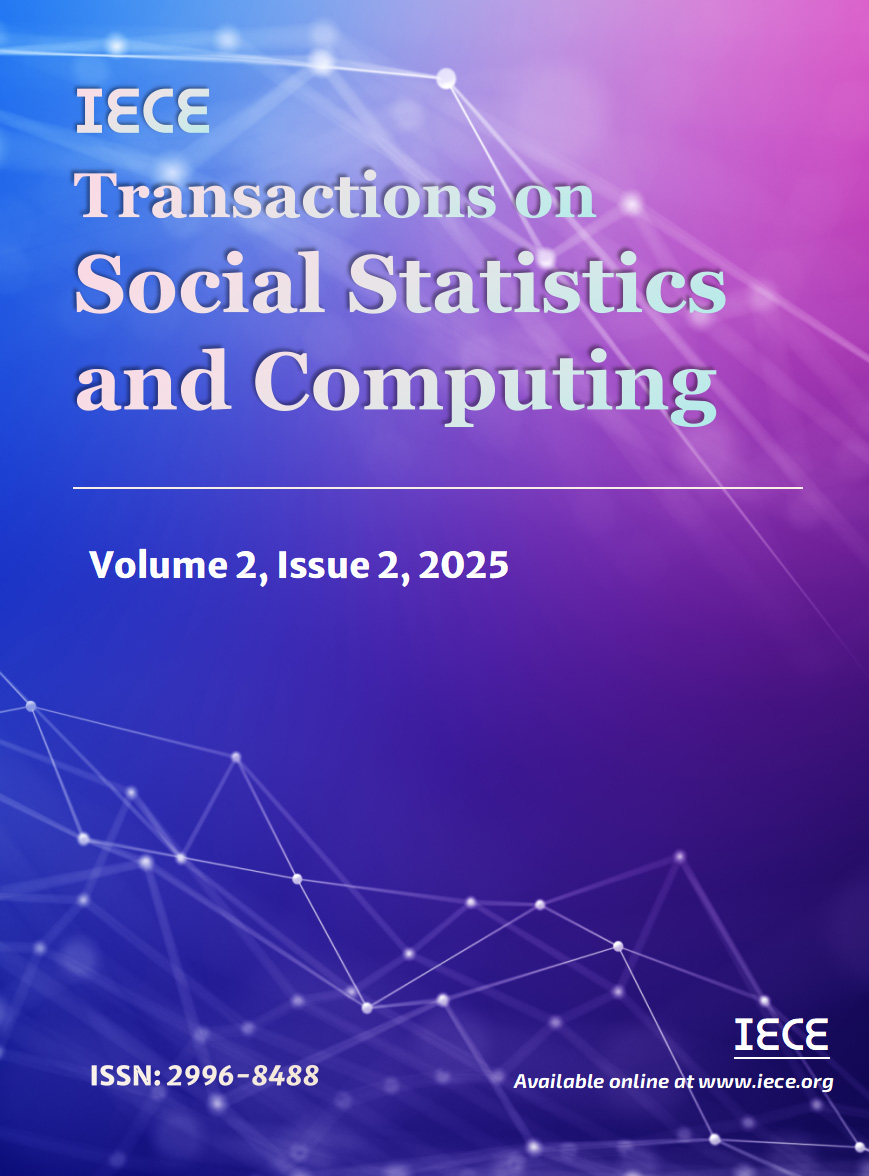Abstract
In recent years, the educational attainment of the Chinese population has significantly improved, while fertility intention has shown a gradual decline. To explore whether there is a significant relationship between these two factors, this paper utilizes the publicly available data from the Chinese General Social Survey (CGSS) spanning ten years from 2012 to 2021. An ordered logistic model is employed for empirical analysis. The study reveals that, under the condition of other factors remaining constant, groups with different educational attainments exhibit varying fertility intentions. Furthermore, the research finds a negative correlation between the educational attainment and fertility intention among the Chinese population. Given the ongoing improvement in the educational attainment of the population, measures such as strengthening school education and implementing relevant fertility policies are effective ways to enhance fertility intention.
Data Availability Statement
Data will be made available on request.
Funding
This work was supported by the Impact of Female Intra-Role Conflict on Fertility Choices Among Women in Jiangsu Province under Grant 24FYC03.
Conflicts of Interest
The authors declare no conflicts of interest.
Ethical Approval and Consent to Participate
Not applicable.
Cite This Article
APA Style
Xue, L., Liu, Y., & Rui, X. (2025). A Study on the Relationship Between Overall Education Attainment and Fertility Intentions in China — An Empirical Analysis Based on CGSS 2012–2021 Data. IECE Transactions on Social Statistics and Computing, 2(2), 65–76. https://doi.org/10.62762/TSSC.2025.647741
Publisher's Note
IECE stays neutral with regard to jurisdictional claims in published maps and institutional affiliations.
Rights and permissions
Institute of Emerging and Computer Engineers (IECE) or its licensor (e.g. a society or other partner) holds exclusive rights to this article under a publishing agreement with the author(s) or other rightsholder(s); author self-archiving of the accepted manuscript version of this article is solely governed by the terms of such publishing agreement and applicable law.


 Submit Manuscript
Edit a Special Issue
Submit Manuscript
Edit a Special Issue
